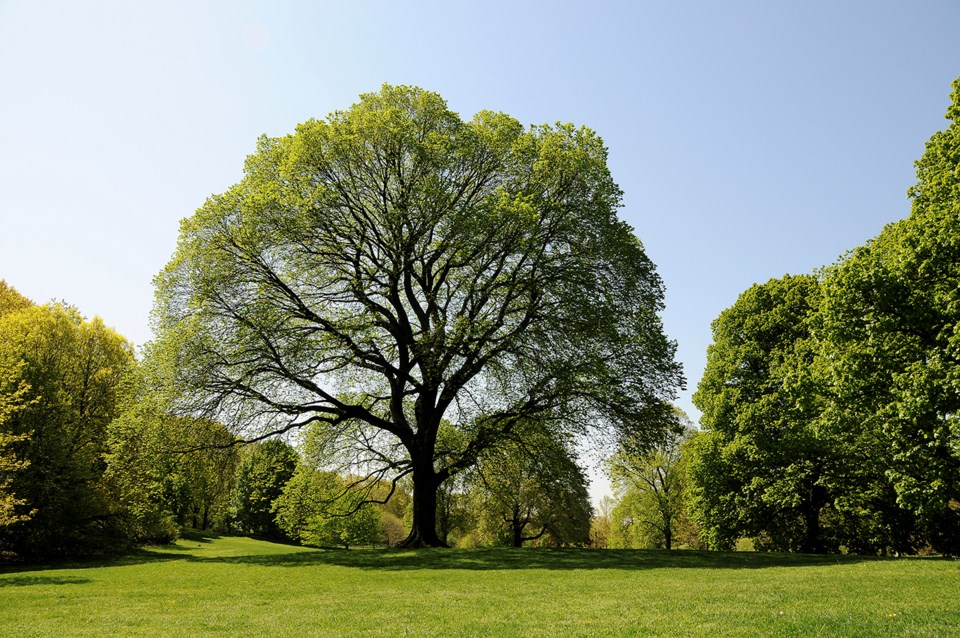The Prospect Park Alliance recently examined more than 12,000 of the park's 30,000 trees and confirmed what Brooklyn treehuggers already knew: Prospect Park is an arboreal wonderland!
The survey gives new insights into the evolving ecosystem and the economic, environmental and health benefits of Brooklyn's largest park. The analysis reveals that the trees provide more than $1.5 million in annual environmental benefits by improving the air quality and removing greenhouse gas.
"The survey has provided exciting insight into what we already knew were some of the park's most important treasures, its trees," said Prospect Park Alliance President Sue Donoghue. "We are all aware of how special this urban green space is, but now with this data we can quantify the economic benefit our community receives from these trees."
Prospect Park's trees remove 24,000 pounds of pollutants from the air each year, valued at $125,000, as well as 3,000 tons of Greenhouse gas, valued at $17,000. The park's ecosystem also helps to save 21 million gallons of water from the city's sewer system through its soil, a natural stormwater runoff benefit that was valued at $172,000 annually.
Additionally, the survey reveals the plethora of trees to be found in Prospect Park. The close to 200 different species of trees include varieties of native cherries, maples and oaks, and less common species like the Southern magnolia and the bald cypress, which typically grows in swampy conditions.
An American elm located near the Bandshell, was the largest tree in the survey. With a diameter of six feet, it is estimated to be over 100 years old!
The study also sheds light on the challenges the trees face. While the overall condition of the inventoried trees is rated fair, 8 percents of the inventoried trees showed stress caused by humans. Another threat, the Emerald ash borer, an invasive beetle, was detected in the park's tree population.
"This survey clearly reinforces just how precious Prospect Park as a resource is, and how we must all do our part to care for it," said Donoghue.
Brooklynites can further explore Prospect Park's trees on the Prospect Park TreeKeeper Interactive Map.




